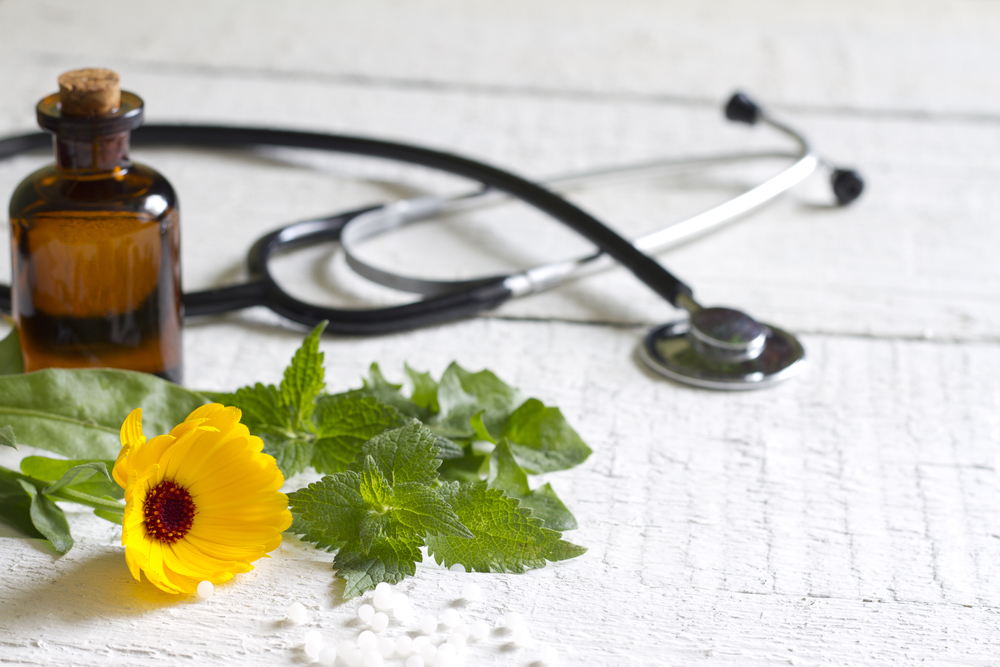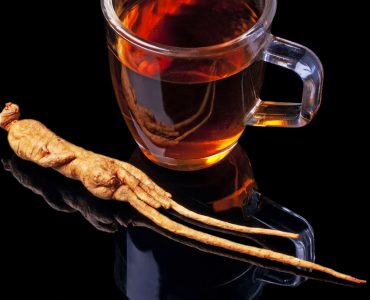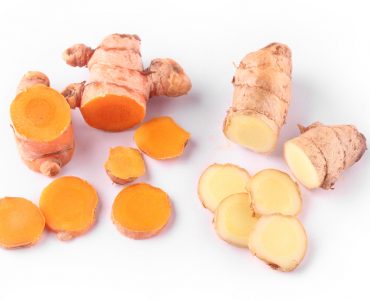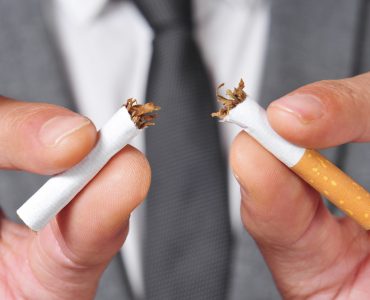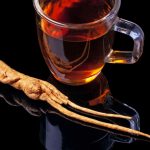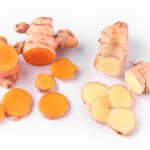At present, many people are being practical, so instead of using technology, they prefer using the traditional or old ways; one of those is by using herbal medicines instead of expensive medicines. Herbal medicines have an exact composition using the method of extraction. There are several different kinds of medicines with their corresponding content including the polar and non-polar solvent.
Different forms in which herbal medicines can be administered are as follows: tinctures combining 100% pure ethanol with water and herbs, having ethanol percentage of 40-60%; herbal wine and elixirs as herbs with alcoholic extracts, which process is done through maceration with ethanol percentage of about 12-30%; tisanes, extracting of herbs in hot water; decoctions, a long term boiled extract; and macerates, when the plants are chopped and soaked in cold water, leaving the mixture for 10 hours.
Other applications are by using vinegar by following the same procedure as with tinctures; compresses, which are using herbs by directly applying them on the cloth, bandage or to the affected area; topicals like essential oils,; whole herb consumption, like mushrooms, that serves as a herb at the same time it is healthy and helps the immune system to fight diseases; in the form of syrup, mixing it with sugar, water as well as herb, and macerating it for three weeks; extracts such as liquid that contains lower ethanol; dry extracts that evaporated in a dry mass; nebulisate, which is done by freeze-drying; and lastly, inhalation, which is used as an aromatherapy to clean the skin and to fight sinus infections.


